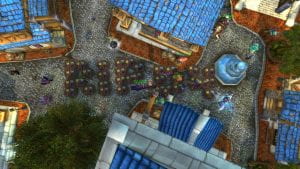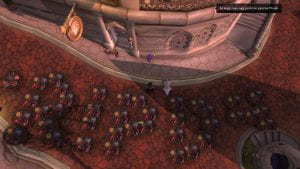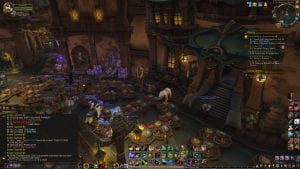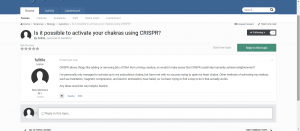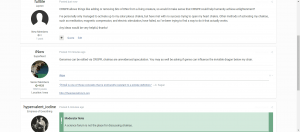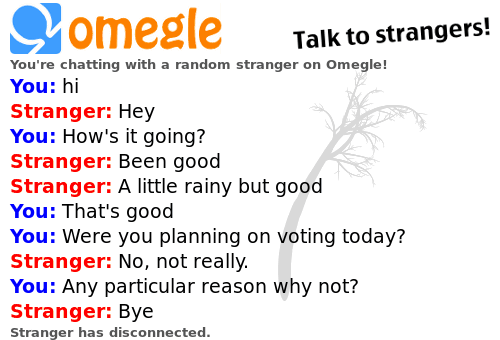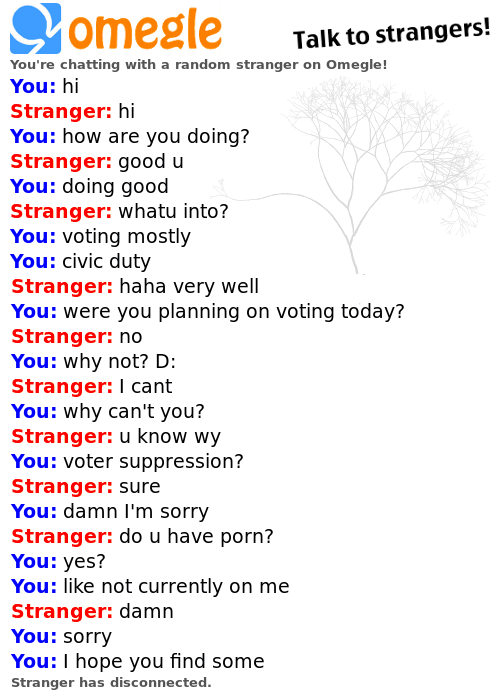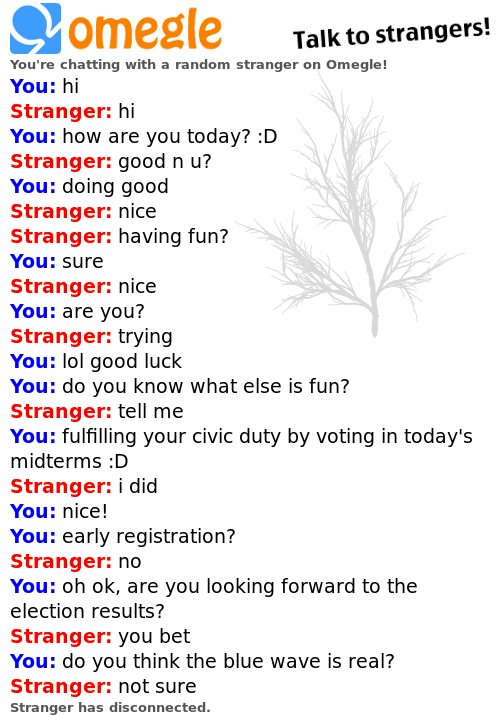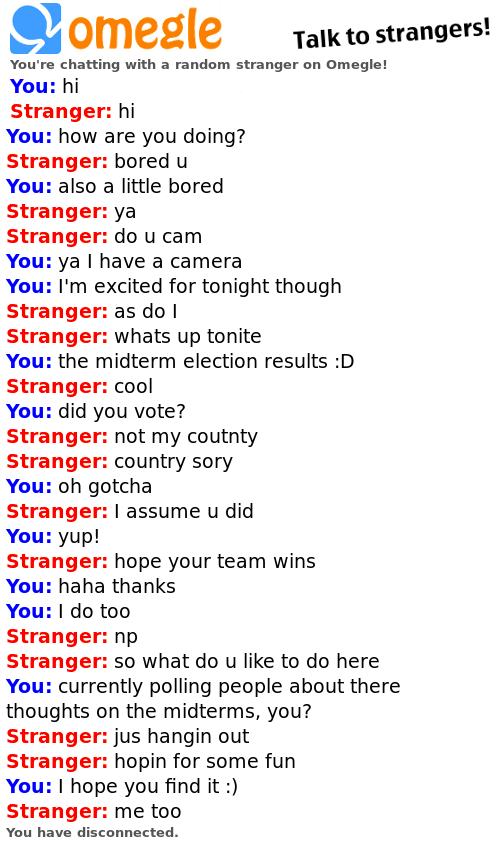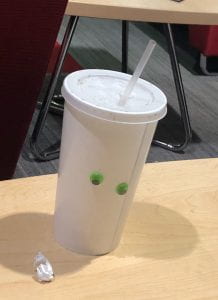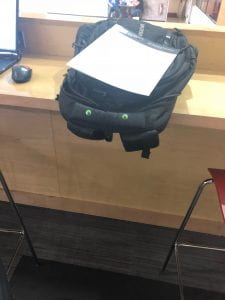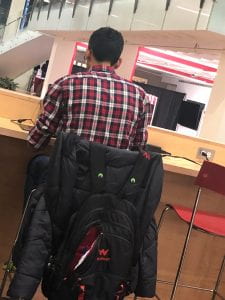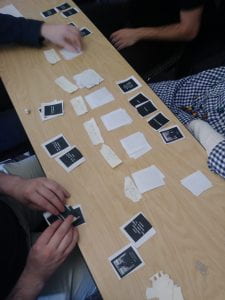Score:
Take a walk following these rules:
- Sidewalk Slalom
- Walk down the part of the sidewalk closest to the street, swerving between obstacles
- Moving around a bench
- If there’s a bench or some other object to the side, walk the wrong way around it
- Turn Around
- At random points, turn around abruptly
- Change Speeds
- Without warning, go from a walk to sprint and back
- Walk on curbs
- If something is above walking level, walk on it
- Up and Down
- Go down a stairs, and then right back up
- In a circle
- Walk in a circle around things
- Path Less Traveled
- Go off the sidewalk in parks and plazas
- Hop-chain
- When there are barriers with small chains, jump over them
- Walk Everywhere
- Walk to a dead end or secluded alley and back.
Documentation:
Walking Path:
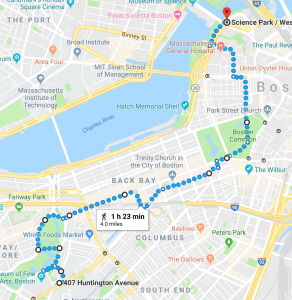
Sidewalk Slalom:
Plaza Walks:
Other videos:
Artist Statement:
Above all other influences: I just wanted to take a walk. It’s a relaxing experience to explore somewhere without a goal. Before you leave Boston get some long walks in. (That goes for everyone reading this) Okay so the inspiration for the medium was my own desires, but how did I put it together?
There might have been a time in life where I wouldn’t consider a walk through a city a valid form of art, but that was long ago. More recently there was a time where I would not feel confident enough that a walk I would do could potentially be considered arts. I have to thank our good friend R.Mutt for that confidence, because his Fountain has showed that anything can be art as long as someone thinks it’s art. There’s something about the absurdist of Dadaist art that connects to the absurdism I was trying to create. Elsa von Freytag-Loringhoven certainly encapsulates more than me the absurdist public performative nature I was trying to encapsulate.
Of course wherever Dada goes Fluxus will soon follow, and Fluxus was a larger inspiration for me. If R.Mutt proved that anything can be art Allison Knowles and her dedication to the Tuna Sandwich showed us what anything as art really means. Going for a walk, eating a sandwich, making a salad are all pedestrian activities that Fluxus artists worked in throughout the movements history. This piece also comes with a score, which is certainty inspired by those of Ono. I mentioned Map Piece in my last write up but it’s even more relevant here. The work is a walk following an imaginary map; I continue to walk that path.
The final major inspiration (although if I would have done further research into the Situationists before going on the walk it might not have been the final paragraph) were performance artists. While my walk was not as impressive or interesting as walking across the Great Wall of China it was still inspired by Marina Abromovic and Ulay’s Lovers. That piece was the first time I learned of a walk that was also a work of art. The goal of my walk was much more inspired by a Monty Python sketch then a 3 month spiritual journey of two collaborators and ex-lovers, but it remains in the same medium.
Oh and yes, here are the two (1, 2) most influential Monty Python sketches. Not just on my walk, but on my life.

